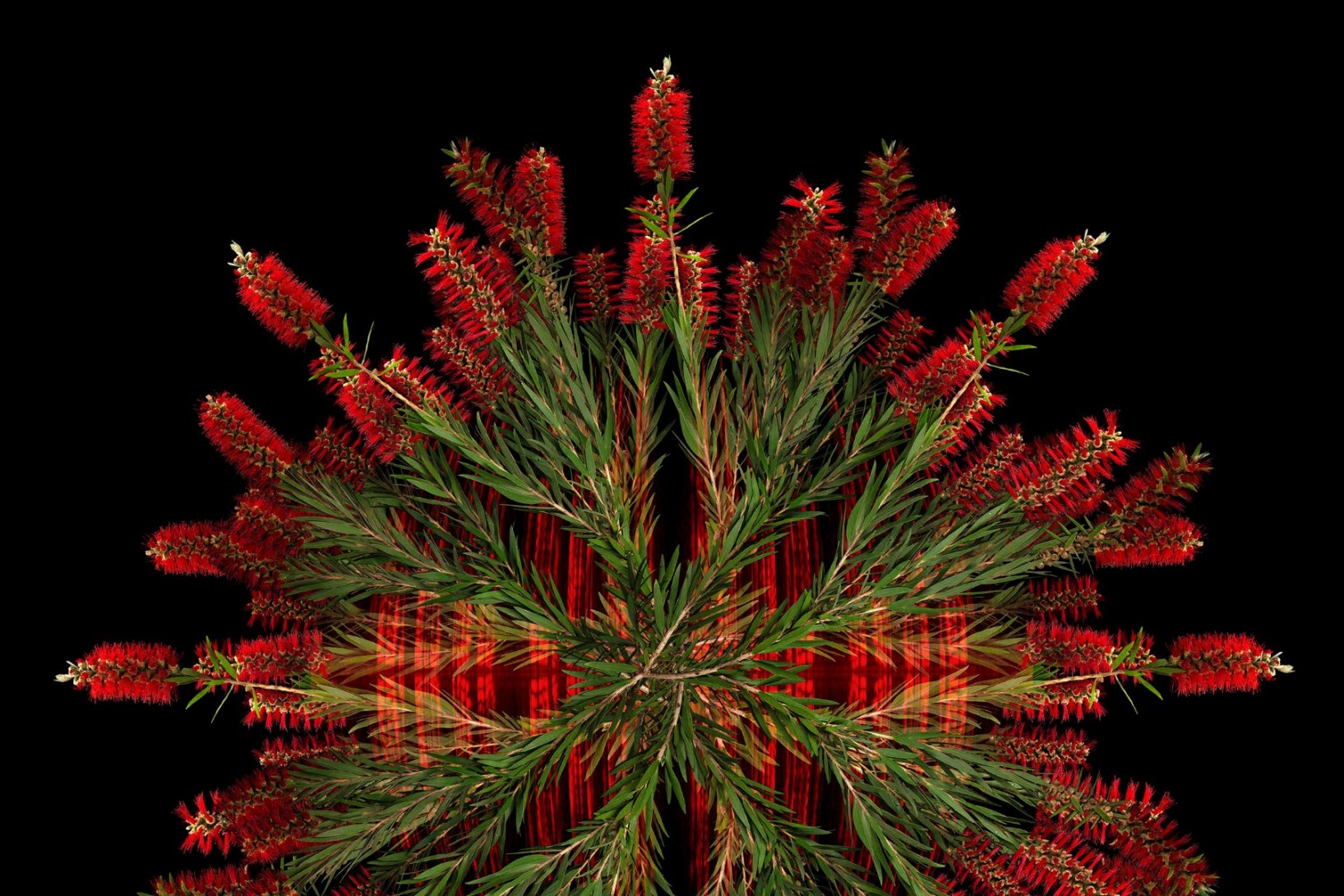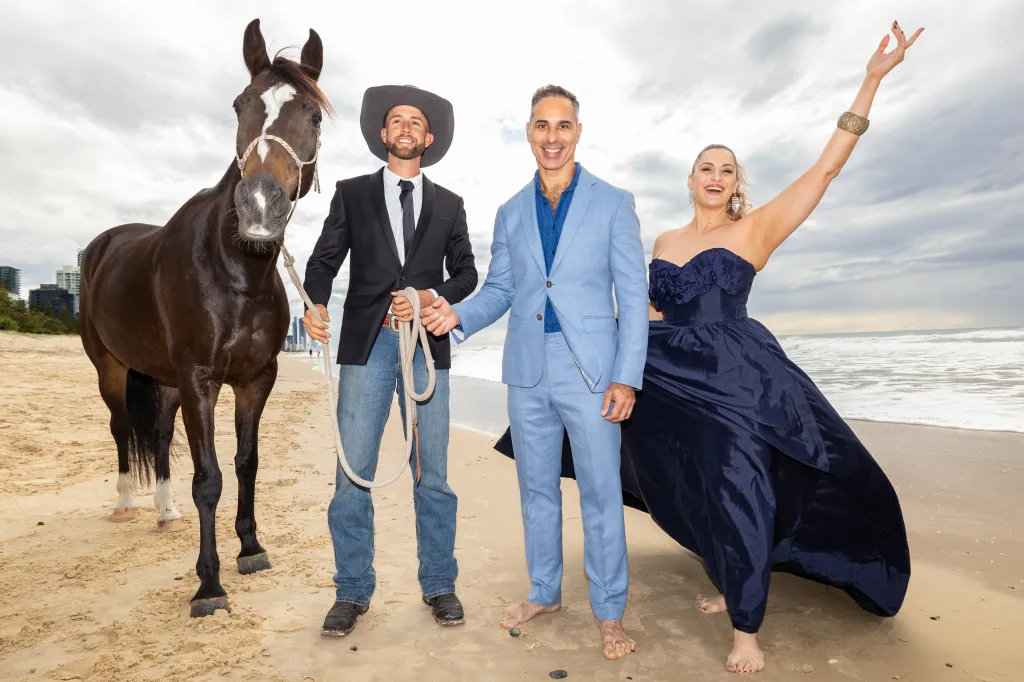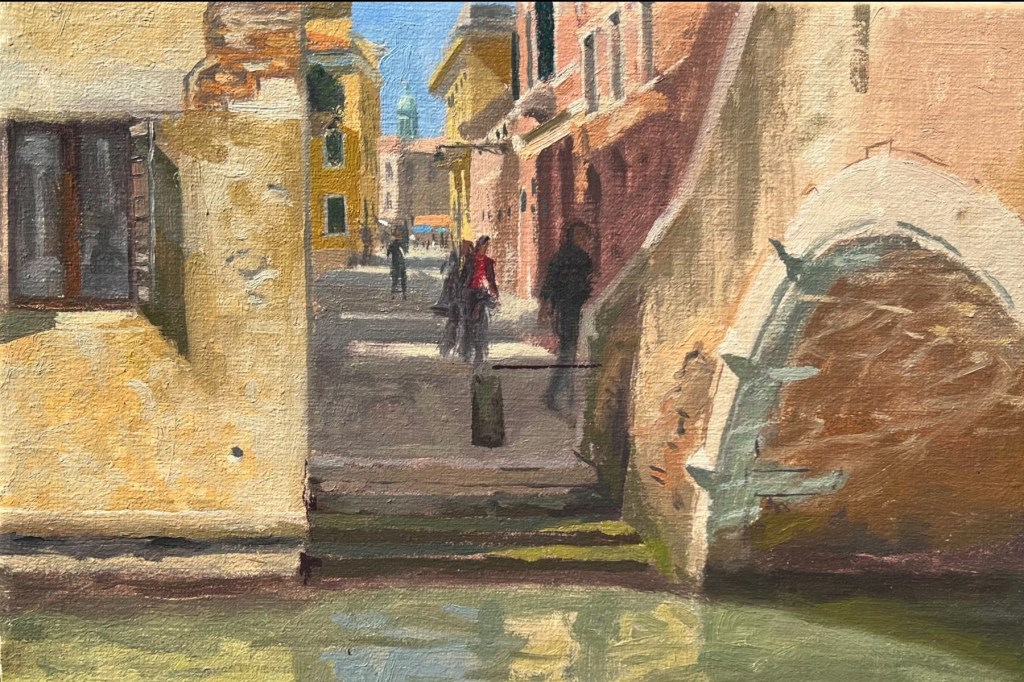The healing power of stealing flowers
We’ve all shamelessly pinched a flower or taken a cutting on our afternoon stroll, but don’t feel too bad as a new multisensory exhibition on the Scenic Rim explains how floral petty larceny can be therapeutic.

There’s a real sense of a life’s work in Cara-Ann Simpson’s exhibition Furari Flores (Stealing Flowers), even though she is not yet 40 years old.
The exhibition, currently showing at The Centre Beaudesert until July 19, will tour regionally afterwards. The show was first exhibited at the University of Southern Queensland Art Gallery in January-February this year.
The making of this exhibition – which includes photographs, video, soundscapes, sculpture and perfume – wraps around Simpson’s biography, the “living death” she experienced during a brain infection and two neurological illnesses in 2017, and a long recovery in 2018 when she “found that flowers and plants were a way to build a soul and understand death as simply part of a living, evolving cycle”.
The first flower she stole was a yellow grevillea, spotted when she was passing a neighbour’s garden. Walking was integral to her rehabilitation, despite the significant nerve pain it caused her physically. This illicitly plucked flower, fragili vanitatem mortis (the fragile vanity of death), 2020, prompted a return to her art practice. This had been sidelined for some years before her illness by her success as a gallery director, curator and art consultant.
‘the sharp pain of my nervous system fighting against my body and mind’
You might like
Using her photographic skills, the flower was digitally recreated, with one flower becoming two, connected by a spine that is frayed to represent “the sharp pain of my nervous system fighting against my body and mind”.
Furari Flores immerses the viewer with a range of multisensory artworks. As you walk through the spaces of The Centre Gallery in Beaudesert, images of plants and flowers, digitally altered and detail crystallised by hundreds of exposures of the one image and aural spectrographs made by Simpson’s vocalisation of their Latin titles, allow their qualities to be enhanced and elevated.
They are interspersed by fabrics, printed with plants and flowers – mostly native, a few invasive – that move gently in the air. There are video works that mesmerise as each frame travels seamlessly from one Rorschach-like pattern to the next, with the aural record of the site contributing to a sense of “deep listening” in nature that pervades both Simpson’s making and the viewing.
In each of four areas, a small table holds a sculpture and a small, glass, orb-like bottle that pumps out a handmade natural scent. In the opening room the group is titled venari renata narration (to hunt a reborn narrative), 2023. It includes a bright yellow sculpture, which echoes the organic shape of microscopic pollen from the wattle flower, with an accompanying vessel brimful of corncob grit.
Subscribe for updates
The smell is Simpson’s cocktail of Queensland silver wattle, maiden’s wattle, with hints of petrol and kerosine, which she says “pays homage to my home and its unique petrichor. My home has red, iron-rich soil and rock, which grows forests of spotted gum, hovea, wattle and myriad other plant species”.

Simpson’s focus on nature conveys a sense of the Central Queensland landscape (where she lives) with power. Latin words link to the attribution of botanical specimens, giving scientific concepts personal and poetic resonances. They lend authority to the beauty and surprise inherent in the natural world. Yet what emerges from rolling these titles around your tongue is a poetic distance lent by unfamiliar Latin words, that holds emotion, albeit palpable, at arms’ length.

Throughout the display the purple flower is a touchstone. For Simpson, hovea represents the spirit and breath of the earth. “Hovea lorata flowers emit an ethereal fragrance of creamy violets and lilacs. They have an intangible mystique that spreads through the dry sclerophyll forest. In bloom, hovea are purple clouds floating amongst the grey, green, brown and orange bushland; turning the landscape into something Other”.

In this exhibition too is an acknowledgement of the urgency of human impact on the natural environment, with an appreciation of the ecosystem intelligence that recent research identifies in forests and flora. It’s a symphonic celebration of life and indigenous flora that takes us deep.
Simpson has also commissioned materials to give the exhibition maximum accessibility – an “easy English guide” with the catalogue also Braille-interpreted.
Furari Flores: Cara-Ann Simpson continues at The Centre Beaudesert until July 19. The exhibition tours to locations including Bundaberg Regional Art Gallery, November 21 to January 17, 2026; Warwick Art Gallery, February 26, 2026 to April 11, 2026; Lockyer Valley Art Gallery, May 8, 2026 to June 21, 2026; Banana Shire Regional Art Gallery, March 19, 2027 to May 14, 2027; and Mundubbera Regional Art Gallery, May 29, 2027 to July 17, 2027.

